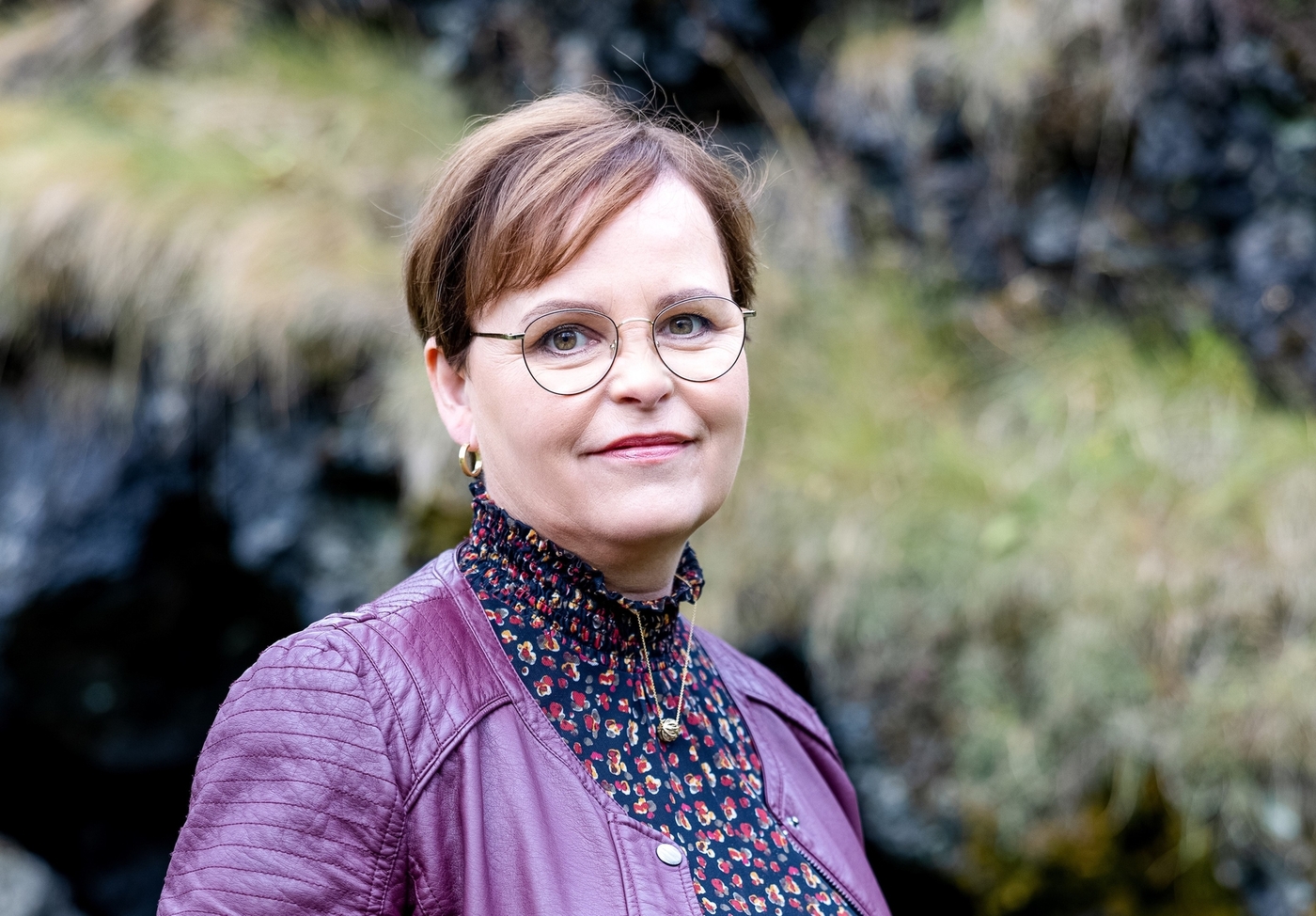Proximity to nature vital to mental and physical health during COVID-19 in the West Fjords of Iceland
It has been just under four years since the Corona virus hit Iceland full force. The pandemic ‘s effects have been studied from various perspectives, and new research in this area has been conducted by Lára Jóhannsdóttir, professor of environment- and natural resources, and her colleagues. She led a study into the societal impact of the pandemic and the accompanying public health measures in the West Fjords of Iceland.
The study is currently in its final stages, but it has been ongoing since 2021. This project is part of a larger one funded by the Canadian government, focusing specifically on areas with low population in the Arctic, including indigenous communities. The research was conducted in all the Arctic countries except Russia.
The criteria used to choose the Westfjords in Iceland was its distance from the central administration and services from the capital region, for example quarantine hotels and service provided for COVID-infected individuals. Furthermore, there were a few localised, relatively large outbreaks in the area in the early stages of the pandemic, making it a good place to observe implications and reactions from individuals, institutions, and businesses.
A large number of people interviewed
Forty-two interviews were conducted with people from various sectors of society, including administration, health and education, the police, harbour authorities, business owners and entrepreneurs, factory workers and preschool employees. The interviewees hailed from Ísafjörður, Bolungarvík, Hnífsdalur and Flateyri, including both native Icelanders, immigrants and students of foreign origin.
The data was collected in October 2021, about a year and a half after the pandemic reached Iceland and the Westfjords. Thus, some experience had been gained in dealing with the situation on a personal level, as well as by public authorities and private companies. A certain distance from large and high-profile outbreaks in the area had also been achieved, such as outbreaks in a nursing home and on fishing boats.
“This study is highly significant, from a scientific point of view, but also societally, both domestically and internationally, and the knowledge accrued has already been published,” says Lára.
The strict measures concerning social interaction were among the factors that were seen as negative, for example when the limit was five individuals in the northern Westfjords in April 2020, while rules were not as strict elsewhere in the country. However, when no outbreaks were in play in the area no leniency was shown. “Local conditions should therefore be taken into consideration when imposing such measures,” says Lára. image/Þorkell Þorkelsson.

The conclusions reveal both positive and negative factors to learn from. Lára was surprised by the relatively large number of positive effects mentioned in the interviews, such as the protective role of the proximity to nature and nature’s role for mental and physical wellbeing of people, more time with family, options for distance work, and fewer time-consuming trips to Reykjavík for meetings.
Importance of Proximity to Nature
One of the factors highlighted in the overall project, as well as in the national project, is the importance of proximity to nature for mental and physical health. “This is an element health authorities should consider, not just when crisis hit, but in public health policy generally. Interviewees emphasized the importance of outdoor activities such as walking, running, skiing, visiting the seaside, or other types of exercise outdoors,” says Lára.
Another characteristic for this study in Iceland was that it showed a general trust towards the authorities and public health measures, which was very different in other countries such as in the United States. The strict measures concerning social interaction were among the factors that were seen as negative, for example when the limit was five individuals in the northern Westfjords in April 2020, while rules were not as strict elsewhere in the country. However, when no outbreaks were in play in the area no leniency was shown. “Local conditions should therefore be taken into consideration when imposing such measures,” says Lára, based on what the interviewees proposed.
Similar conclusions in study and the documentary Stormur
It becomes quite apparent in our conversation with Lára that this was quite a comprehensive study. Her main collaborator was David Cook, adjunct in environmental and natural resources and research specialist at the Faculty for life and environmental sciences. Together they defined the extent and emphases of the Icelandic study, conducted interviews, analysed their content, and published the results. They received a lot of support from the University Research Centre in the West Fjords where their main ally was Catherine Chambers, research manager. Furthermore, a post doc, master’s and doctoral students were hired temporarily for the projects, but this group comprised Jóhanna Gísladóttir, Mauricio Latapí, Curt Steele, and Sarah Seabrook Kendal.
Lára concludes by mentioning that while the team was collecting data, the documentary “Stormur”, on the impact of the pandemic, was being made. “We were not aware of this at the time, but it was nice to see that the conclusions of the documentary and our study are actually quite similar!”




